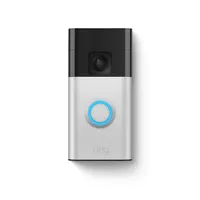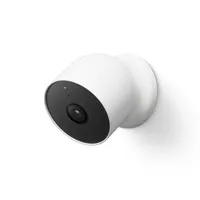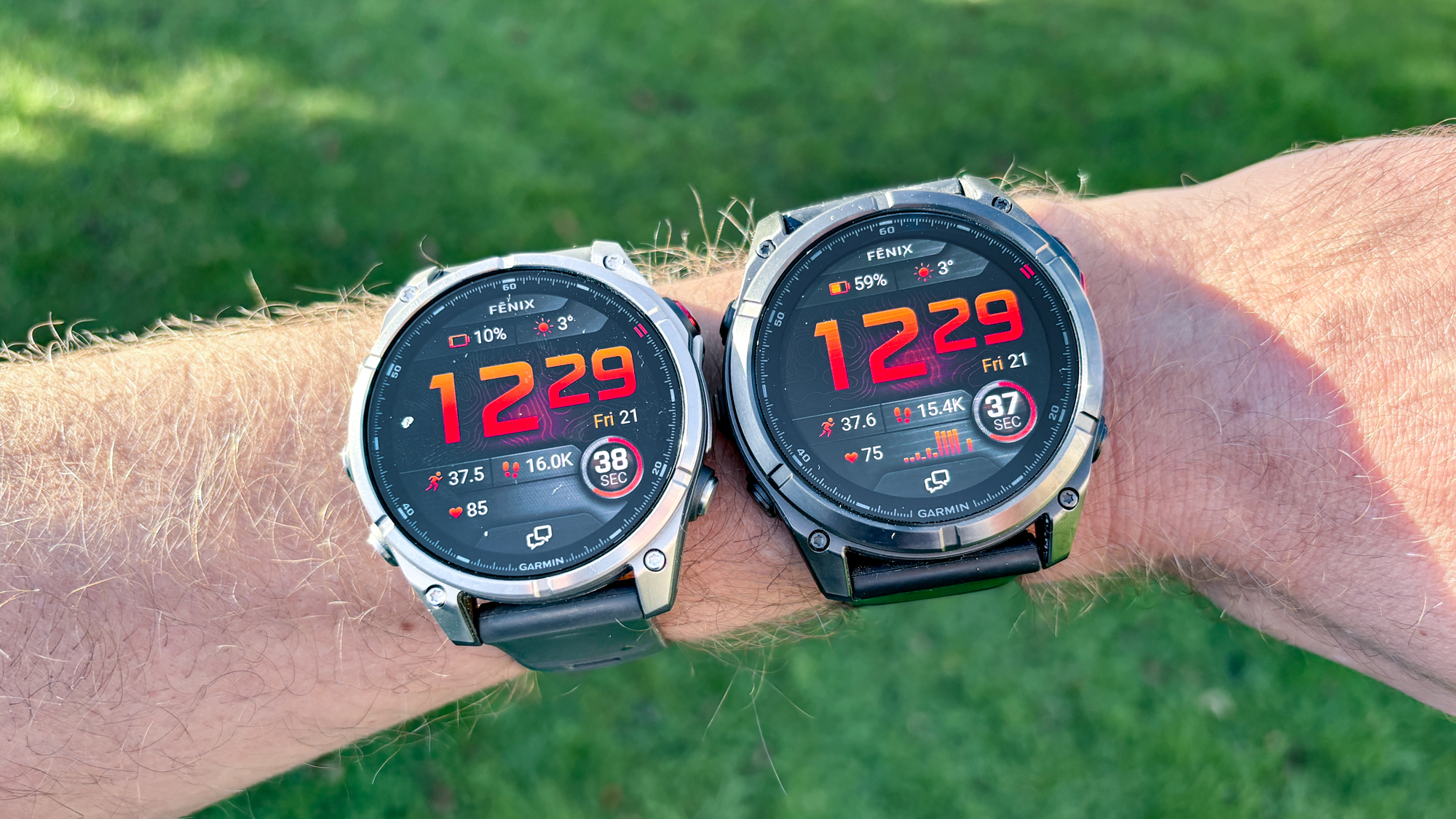Your security cameras are in the wrong spots — here's how to fix it
The most effective security camera positions for better home security
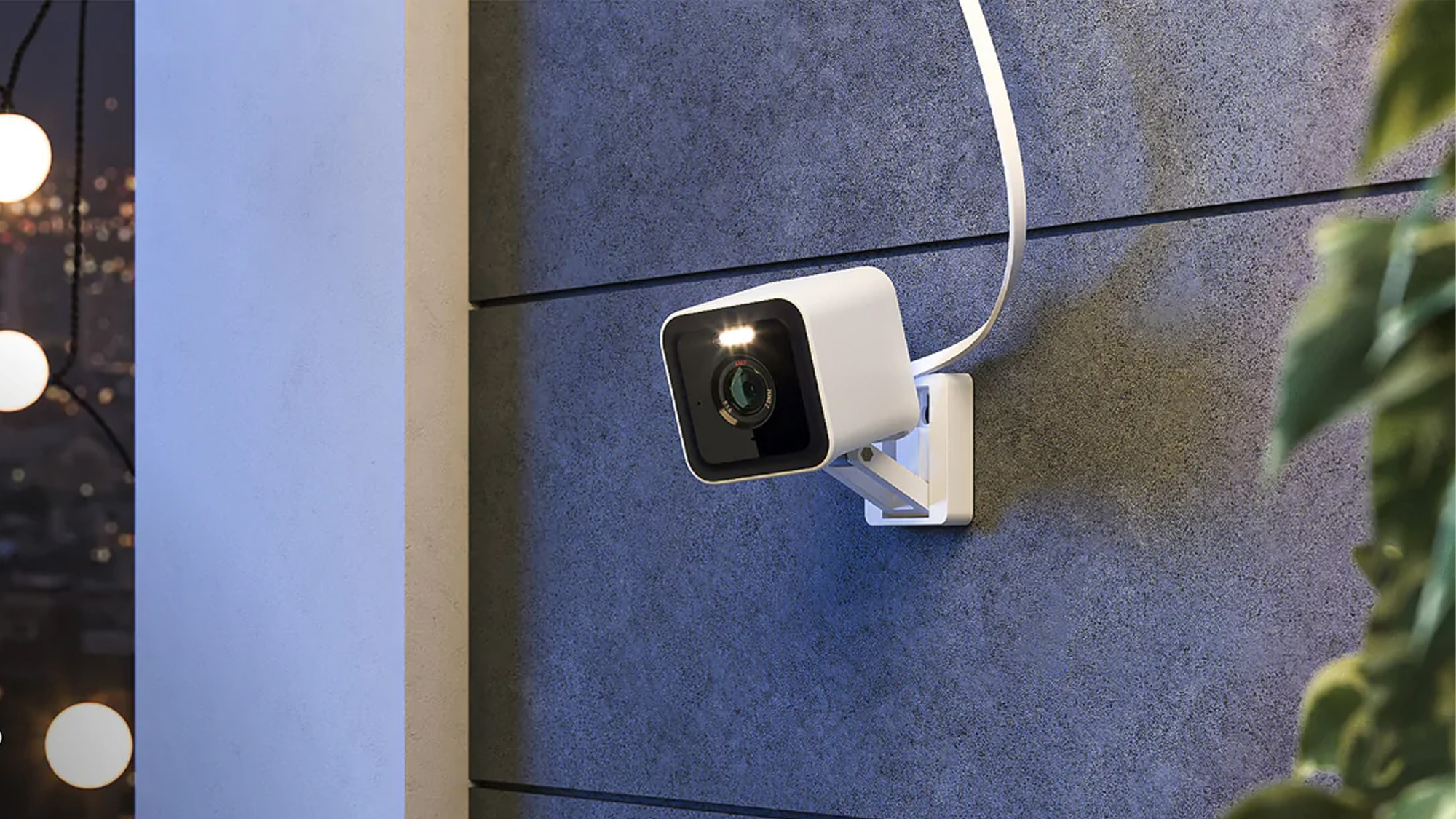
Installing your first security camera is a big step toward protecting your home, but sticking it in the wrong spot can render even the best home security camera useless.
Too high and you'll capture nothing but the tops of heads. Too low and someone can easily disable it. Point it toward a bright window and you'll get glare-washed footage that's about as useful as a blank screen.
Camera placement is arguably more important than fancy features. A basic camera in the right spot will always outperform an expensive model that's poorly positioned.
There are proven strategies for camera placement that work for any home layout, and you don't need to be a security expert to get it right. Let's break down the most effective locations.
Camera coverage essentials
Before mounting your first camera, understand that security systems work best when cameras work together rather than alone. Each camera should serve a specific purpose: monitoring entry points, tracking movement, or deterring intruders.
Think about your home's layout and daily traffic patterns, and place cameras in areas where people naturally pass through rather than in empty spaces.
1. Start with your front door
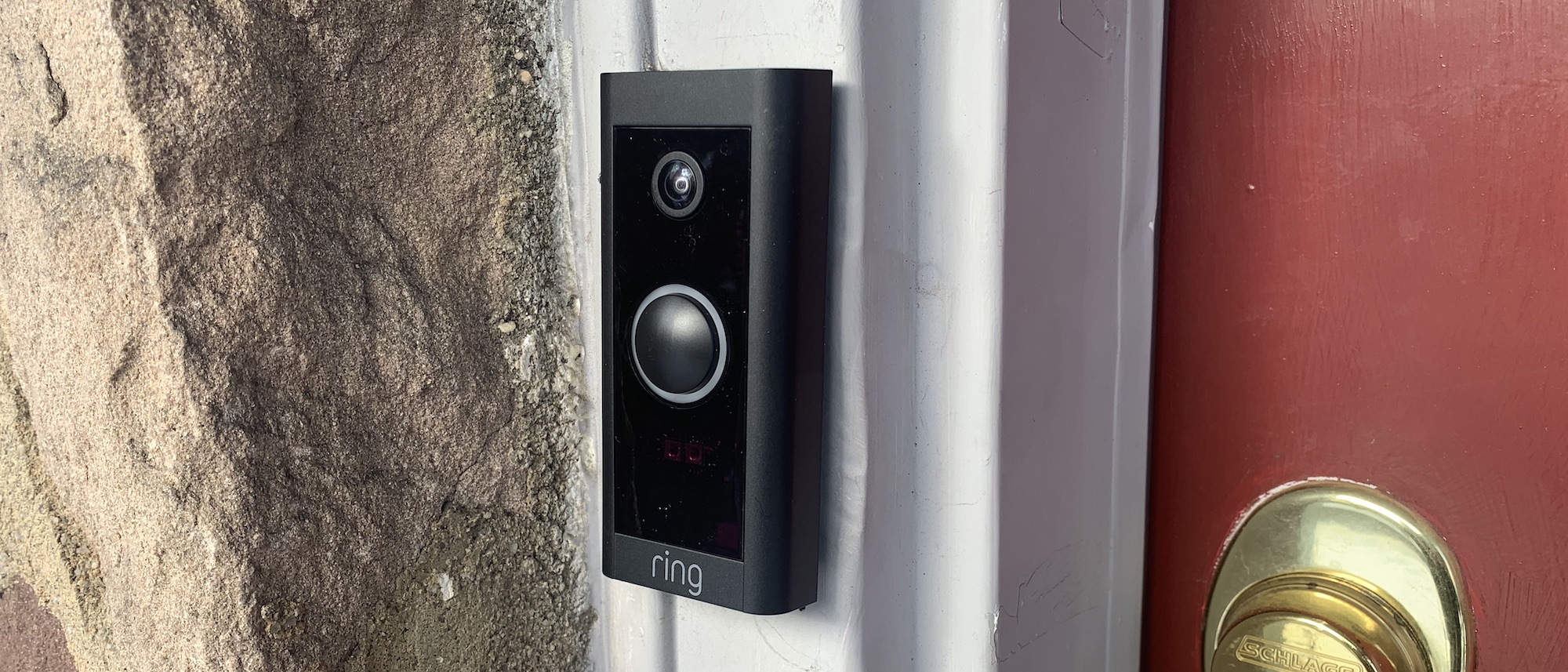
Your front door is the most important spot for a camera. Position the camera to capture faces clearly, not just the tops of heads, which means mounting it about 8 to 10 feet high with a downward angle.
Video doorbells work perfectly here, but if you're using a separate camera, place it where it can see both people approaching and packages being delivered.
Make sure the camera has a clear view of the entire entrance area, including any steps or porch space where someone might hang around.
This model also has head-to-toe video and package detection and can be wired or run on battery power alone. And, it's less than $100. However, the battery is non-removable.
2. Cover back and side doors
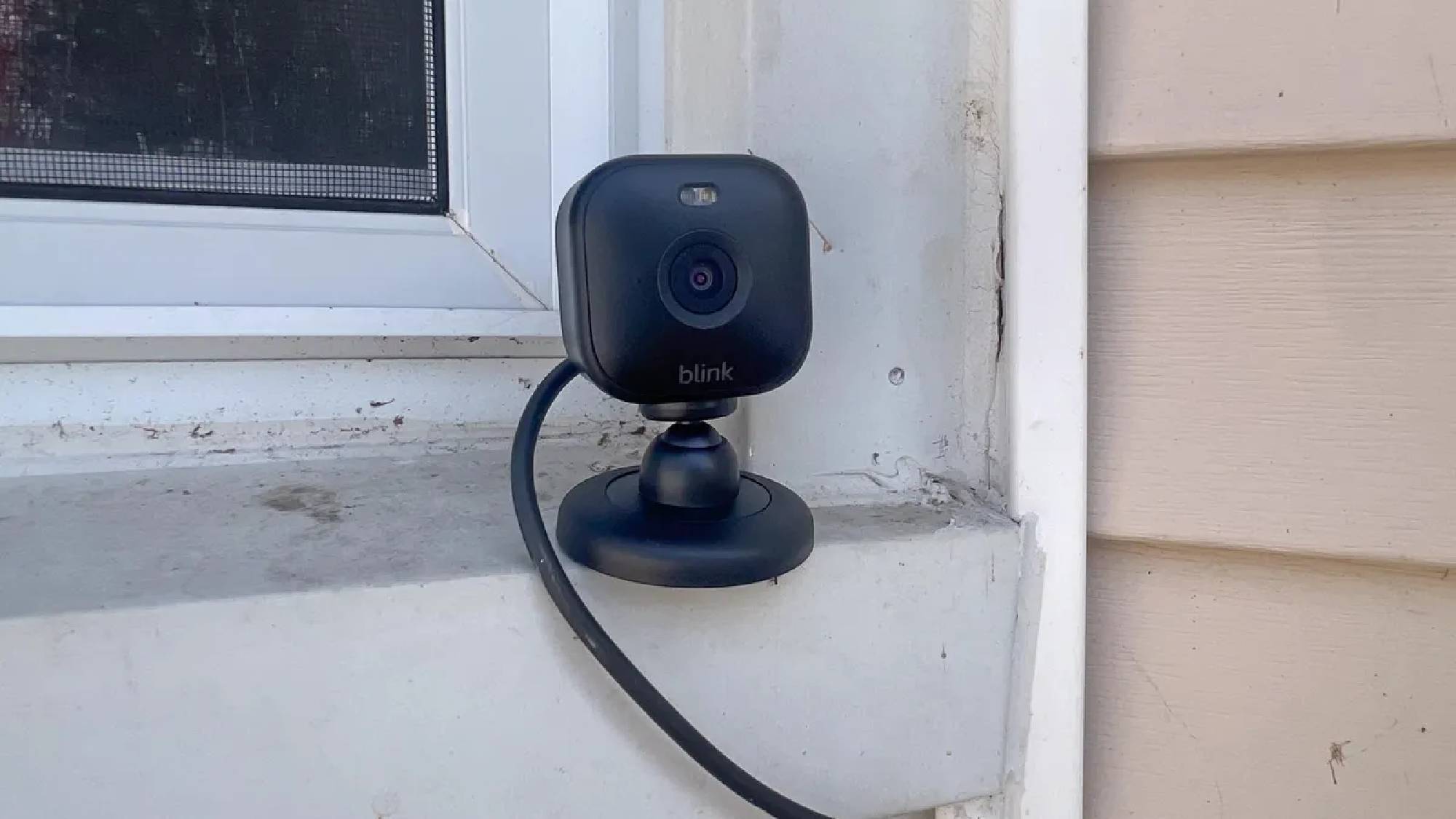
Back doors are popular targets because they're typically less visible to neighbors and passersby. Install cameras at any secondary entrances, particularly doors that lead to basements, garages, or secluded areas of your property.
These cameras should be positioned to capture both the door itself and the approach path. If you have a side door that family members use regularly, position the camera to distinguish between normal household traffic and potential intruders.
3. Watch your garage and driveway
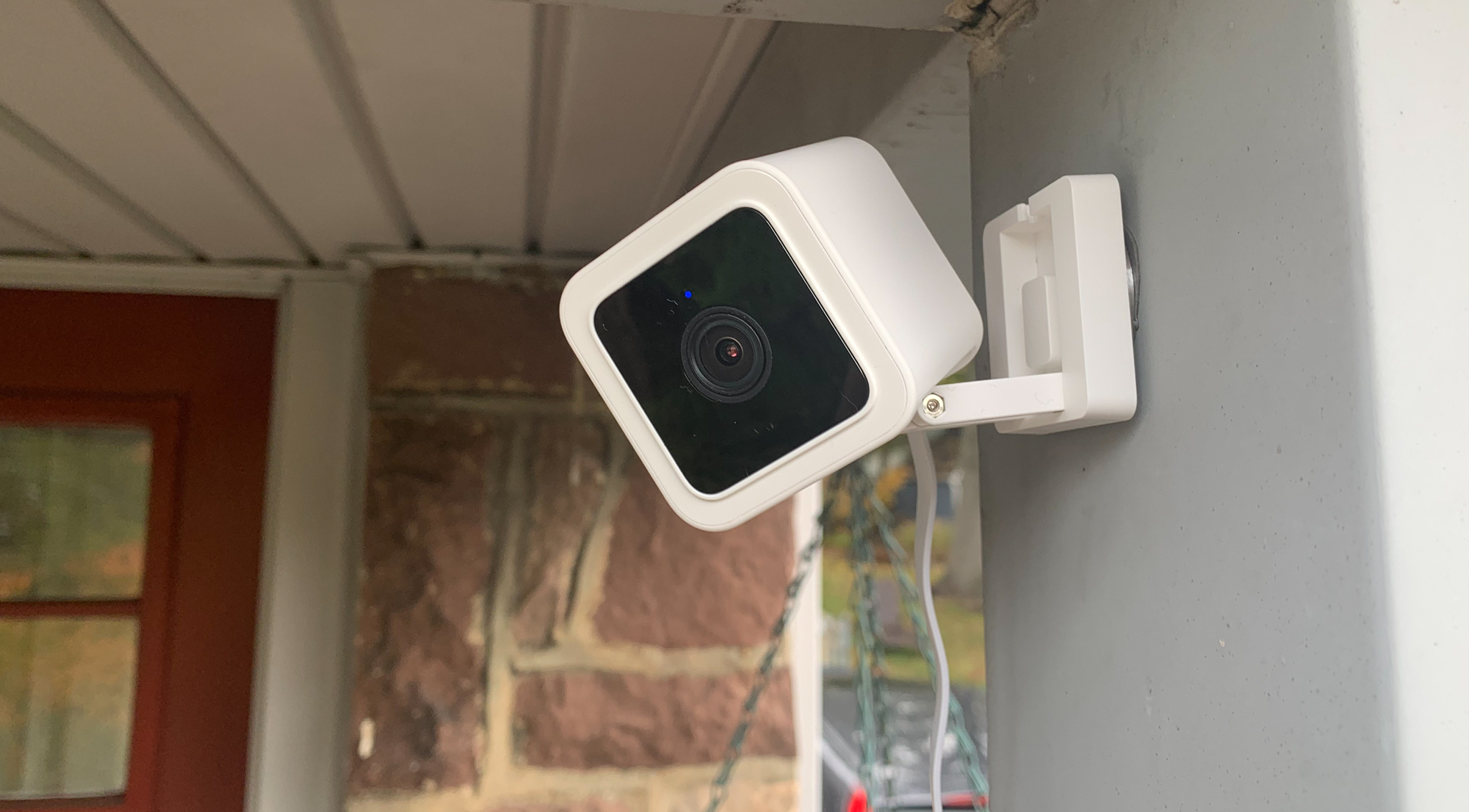
Garages represent one of the weakest security points in most homes, as they house valuable items like tools, bicycles, and provide potential access to your house.
Place cameras to cover both the garage door and any windows or side entrances to the garage. If your driveway has a gate or connects to a busy street, position the camera to capture license plates and faces of people entering your property.
For detached garages, ensure the camera covers the path between the garage and your main house.
4. Cover your main hallway
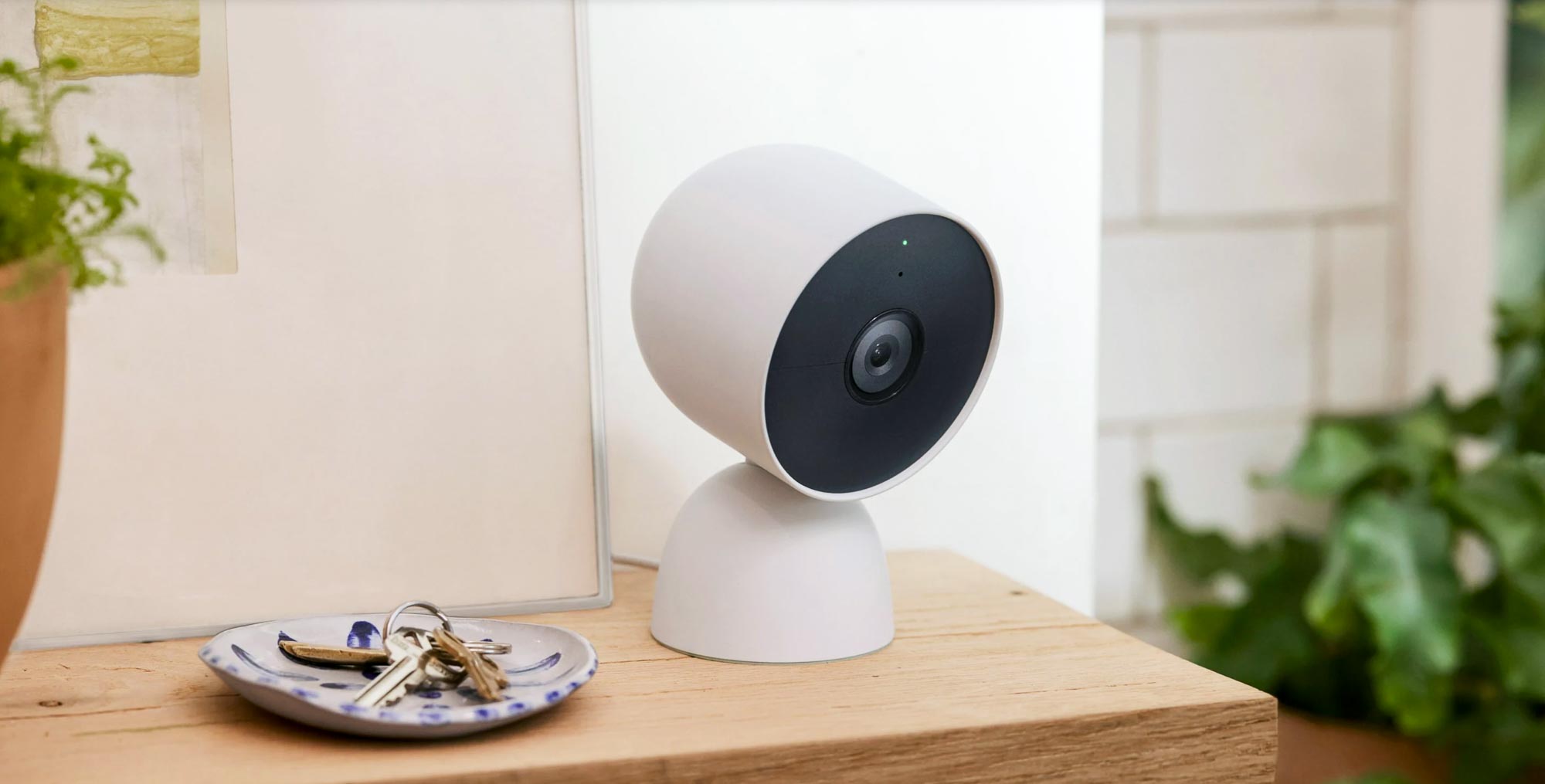
Indoor cameras in central locations create a security net that's difficult for intruders to avoid. Position a camera in your main hallway, stairway, or the area that connects your home's primary rooms.
This placement ensures that anyone moving through your house will be captured on camera, even if they enter through an unmonitored window or door.
Choose a corner location when possible, as it typically provides the largest viewing angle and keeps the camera out of easy reach.
High-quality video, free person detection, and three hours of video history without a subscription make this our favorite indoor security camera.
5. Position cameras for wide yard coverage
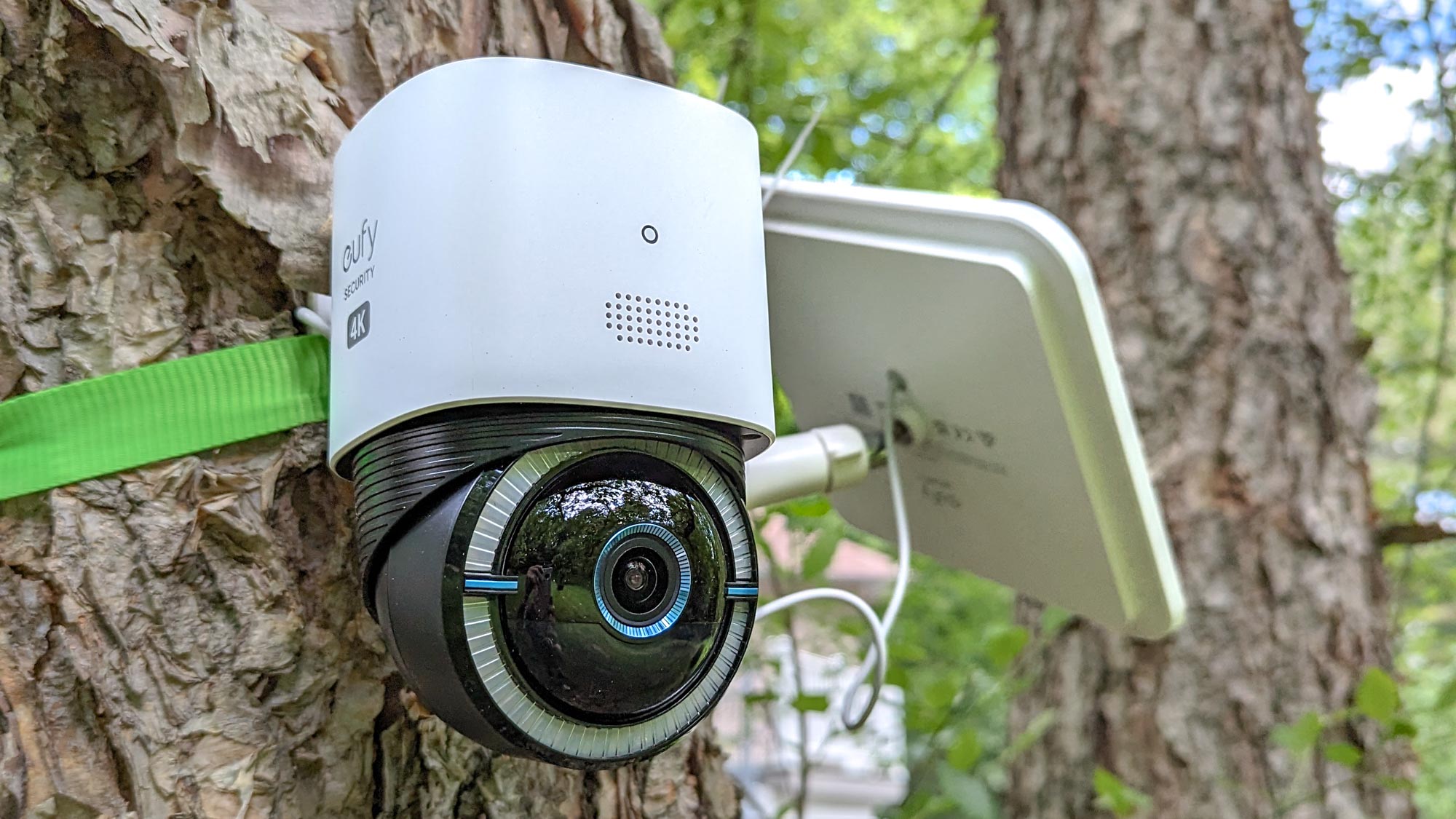
A camera with a broad view of your yard serves multiple purposes: deterring criminals who might be casing your home, monitoring children and pets, and capturing anyone who approaches your house from unexpected angles.
Choose locations that provide the widest possible field of view. Avoid placing cameras too close to trees or bushes that will grow and eventually block the view.
If you have a fence gate or shed, make sure it's visible in the camera's coverage area.
Now you've learned better security cameras placementy to keep your home protected, why not take a look at our other useful guides below?
Get instant access to breaking news, the hottest reviews, great deals and helpful tips.
More from Tom's Guide
- 7 smart home gadgets that watch your house for you
- The best smart locks in 2025
- I tried a physical panic button for 48 hours — and I already feel safer

Kaycee is Tom's Guide's How-To Editor, known for tutorials that skip the fluff and get straight to what works. She writes across AI, homes, phones, and everything in between — because life doesn't stick to categories and neither should good advice. With years of experience in tech and content creation, she's built her reputation on turning complicated subjects into straightforward solutions. Kaycee is also an award-winning poet and co-editor at Fox and Star Books. Her debut collection is published by Bloodaxe, with a second book in the works.
You must confirm your public display name before commenting
Please logout and then login again, you will then be prompted to enter your display name.
